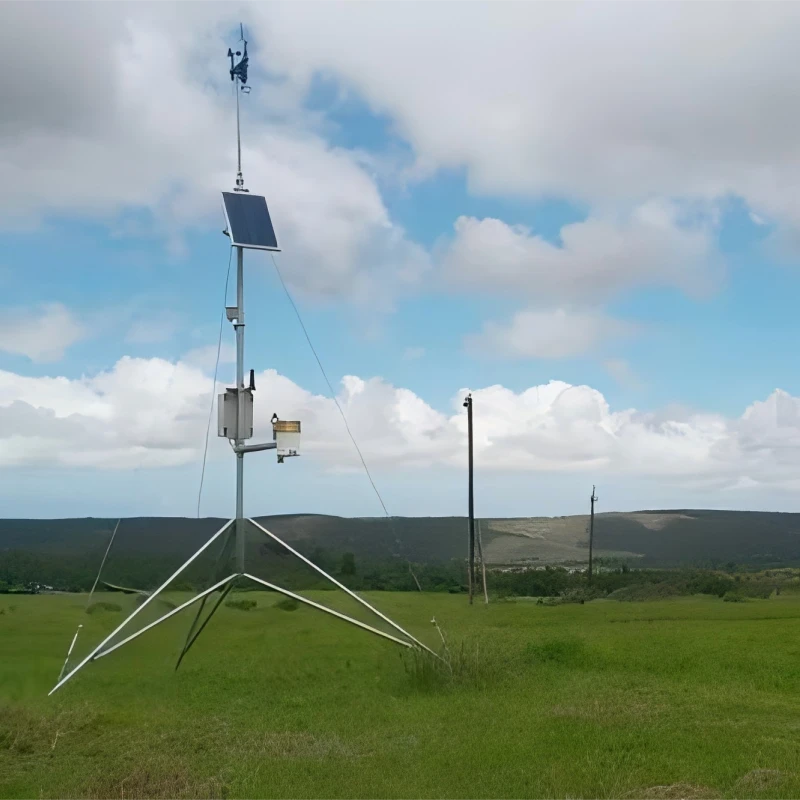
# Weather Measuring Instruments: Essential Tools for Accurate Forecasting
Weather forecasting plays a crucial role in our daily lives, from planning outdoor activities to ensuring the safety of communities during severe weather events. Behind every accurate forecast lies a suite of specialized weather measuring instruments. These tools are designed to collect precise data on atmospheric conditions, enabling meteorologists to predict weather patterns with greater accuracy.
## The Importance of Weather Measuring Instruments
Weather measuring instruments are essential for gathering data on various atmospheric parameters, such as temperature, humidity, wind speed, and precipitation. Without these tools, it would be nearly impossible to understand and predict weather changes. Accurate data collection is the foundation of reliable forecasts, which in turn helps governments, businesses, and individuals make informed decisions.
## Key Weather Measuring Instruments
### 1. Thermometer
A thermometer is one of the most basic yet vital instruments for measuring temperature. Whether it’s a traditional mercury thermometer or a modern digital version, this tool provides critical data about how hot or cold the atmosphere is at any given time.
### 2. Barometer
Barometers measure atmospheric pressure, which is a key indicator of upcoming weather changes. A sudden drop in pressure often signals an approaching storm, while rising pressure typically indicates fair weather.
### 3. Anemometer
Wind speed and direction are measured using an anemometer. This instrument is particularly important for predicting storms and understanding wind patterns, which can impact everything from aviation to renewable energy production.
### 4. Hygrometer
Humidity levels are measured using a hygrometer. This instrument helps meteorologists understand the moisture content in the air, which is crucial for predicting precipitation and assessing the risk of fog or dew.
### 5. Rain Gauge
A rain gauge is used to measure the amount of precipitation over a specific period. This data is essential for understanding rainfall patterns, which can influence agriculture, water resource management, and flood forecasting.
### 6. Weather Balloons
Weather balloons are equipped with instruments called radiosondes, which measure atmospheric conditions at various altitudes. These balloons provide valuable data on temperature, humidity, and pressure in the upper atmosphere, helping to improve the accuracy of weather models.
## The Role of Technology in Modern Weather Measurement
Advancements in technology have revolutionized weather measurement. Modern instruments are now more precise, durable, and capable of transmitting data in real-time. For example, automated weather stations can collect and transmit data continuously, providing meteorologists with up-to-the-minute information. Additionally, satellite technology has expanded our ability to monitor weather systems on a global scale, offering insights into large-scale phenomena like hurricanes and typhoons.
## Conclusion
Weather measuring instruments are indispensable tools for accurate forecasting. From thermometers to weather balloons, each instrument plays a unique role in collecting data that helps us understand and predict the weather. As technology continues to evolve, these tools will become even more sophisticated, further enhancing our ability to forecast weather with precision and reliability. Whether you’re a meteorologist or simply someone who wants to plan a picnic, these instruments ensure that you’re always prepared for whatever the weather brings.
Keyword: weather measuring instruments